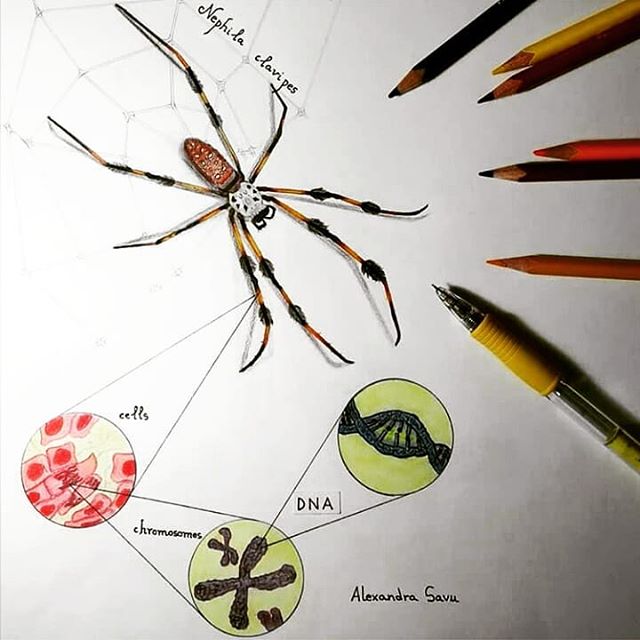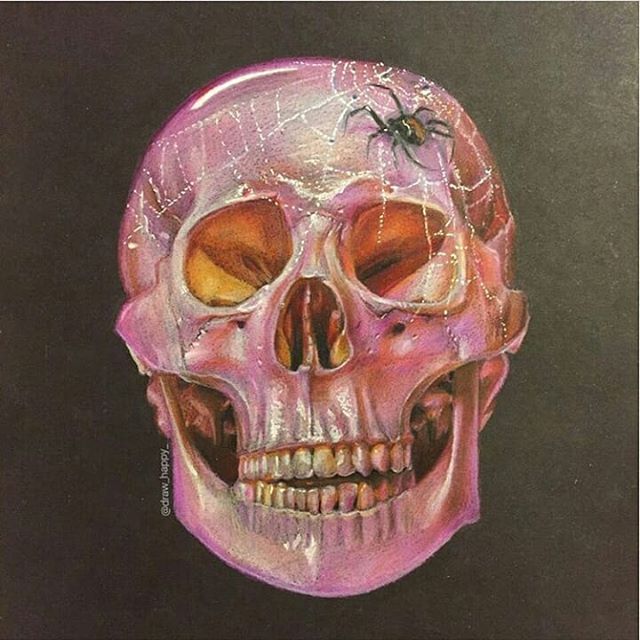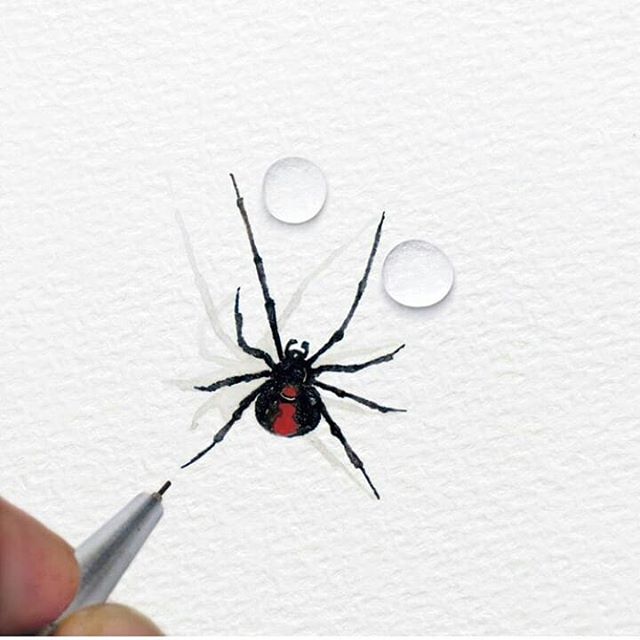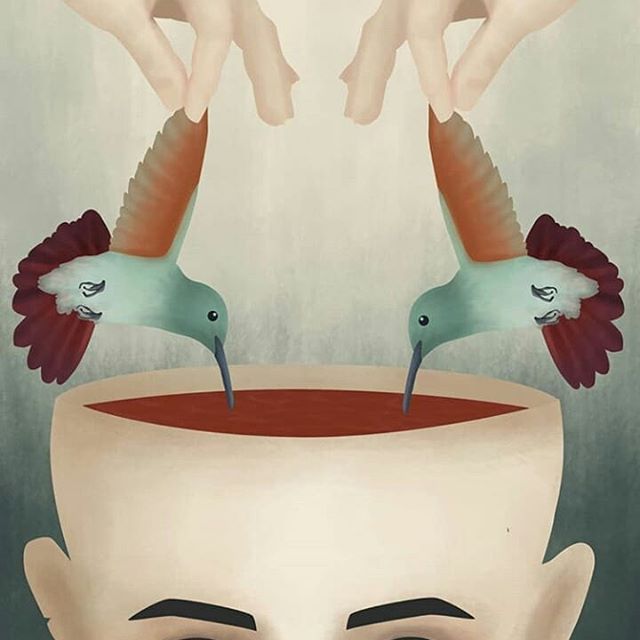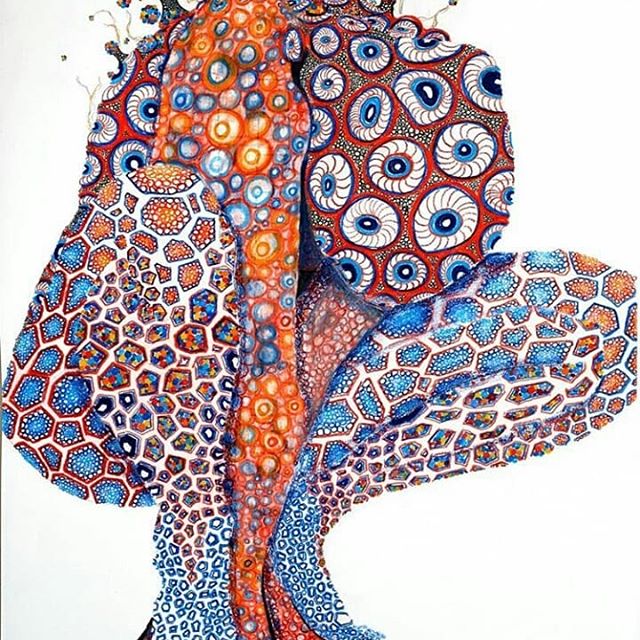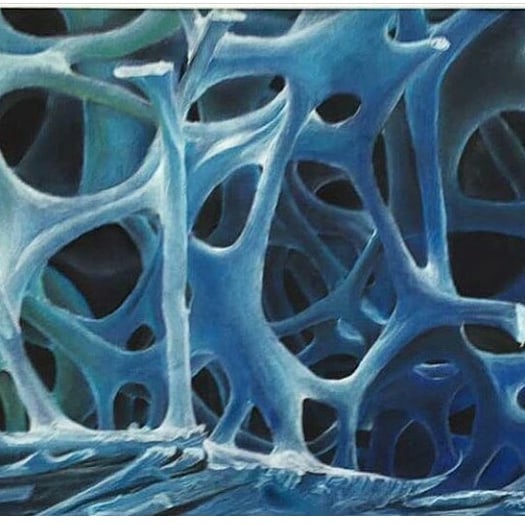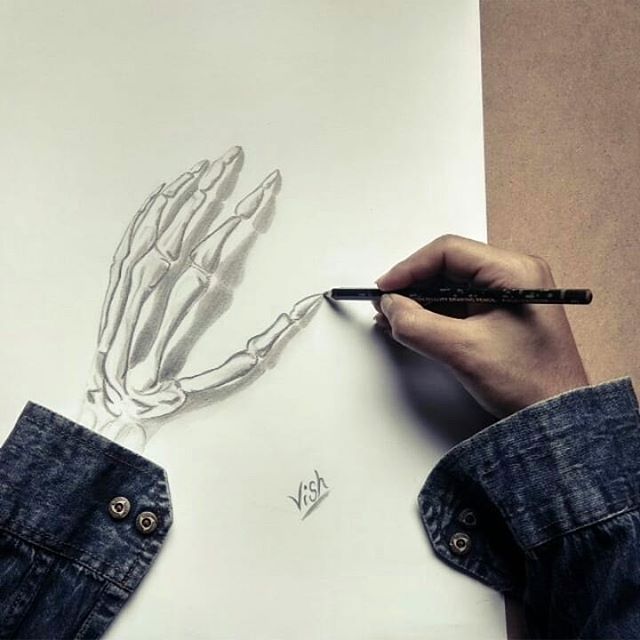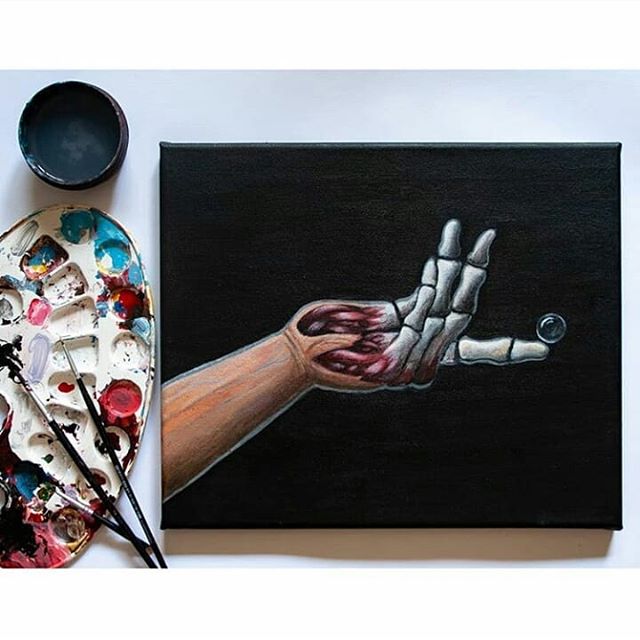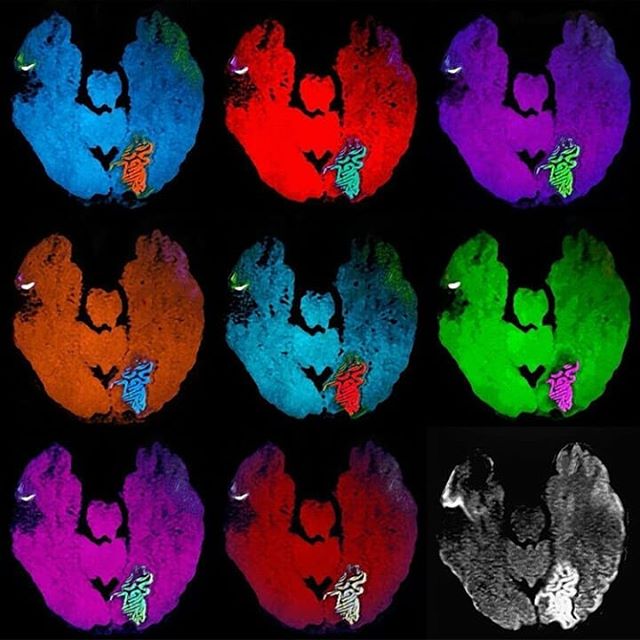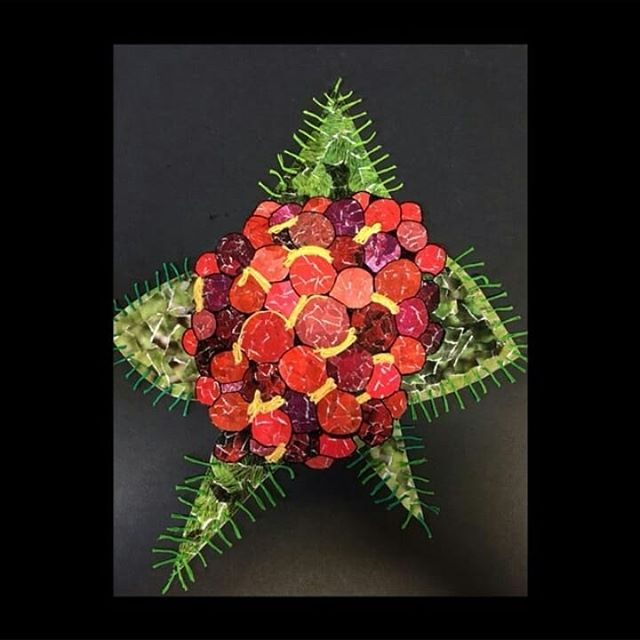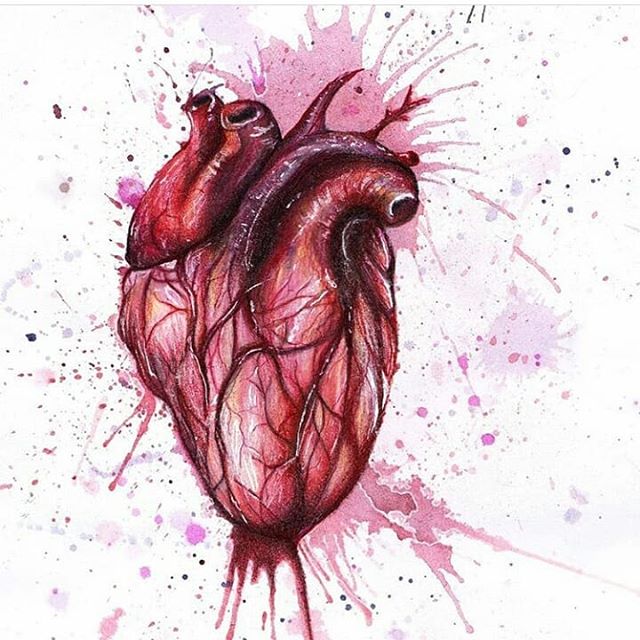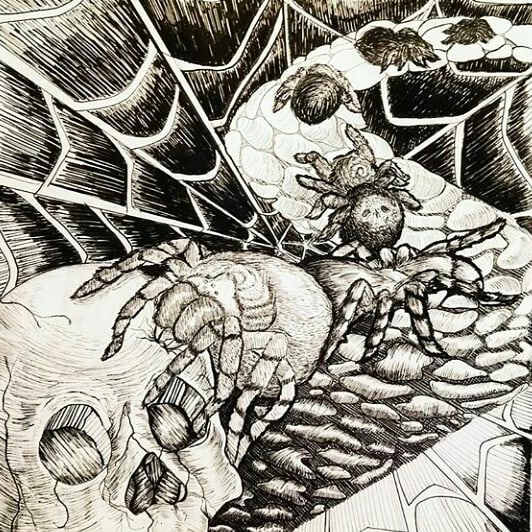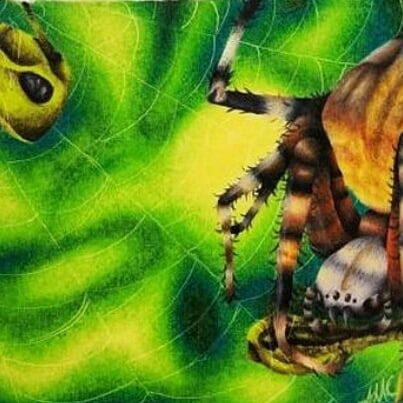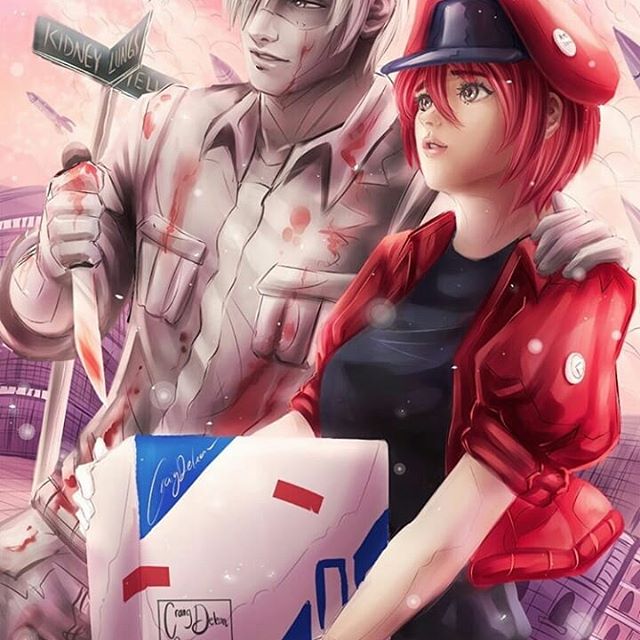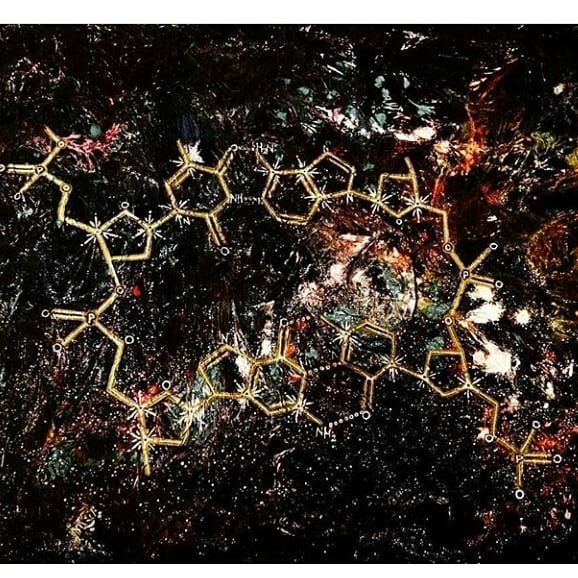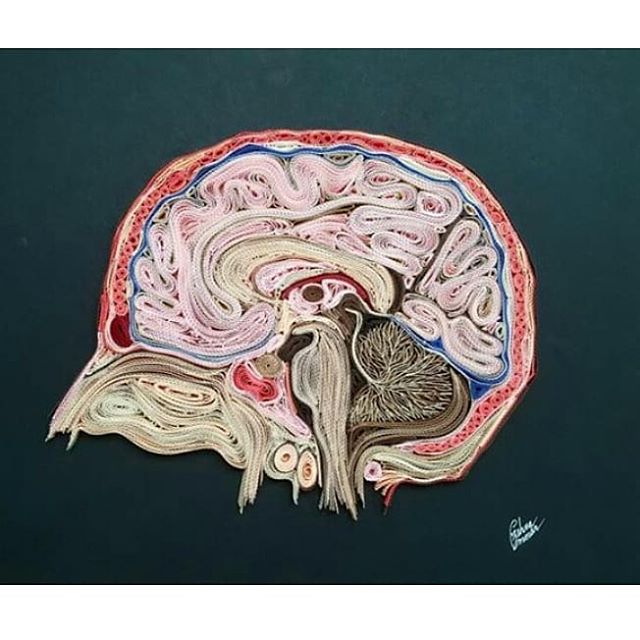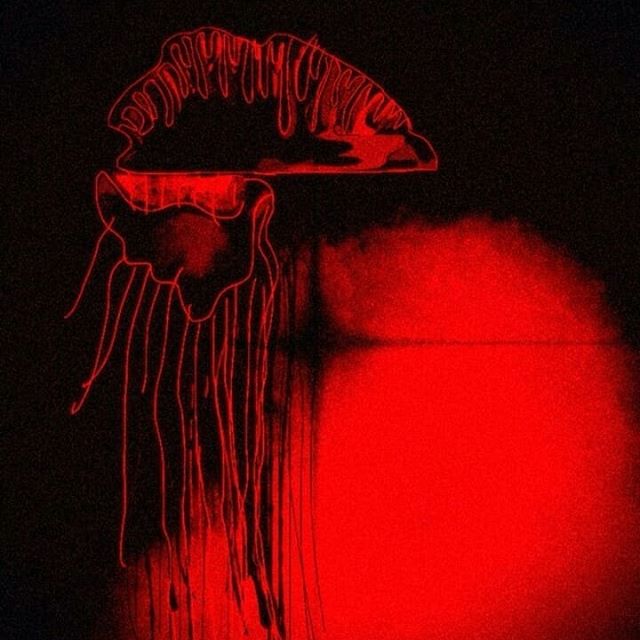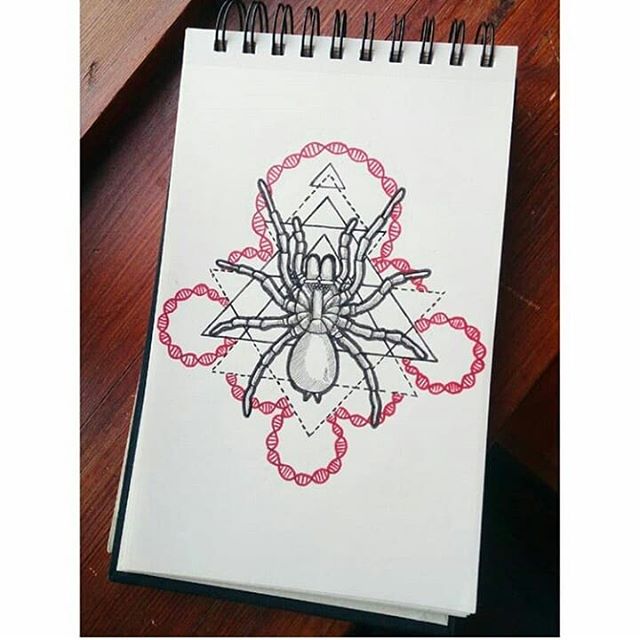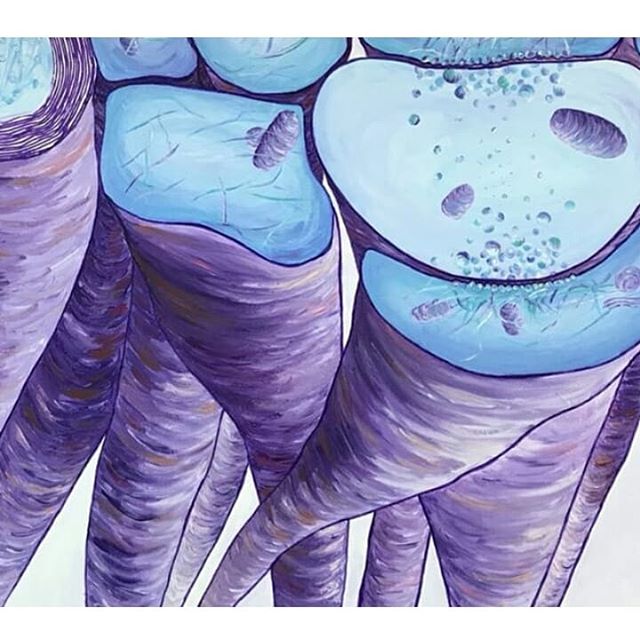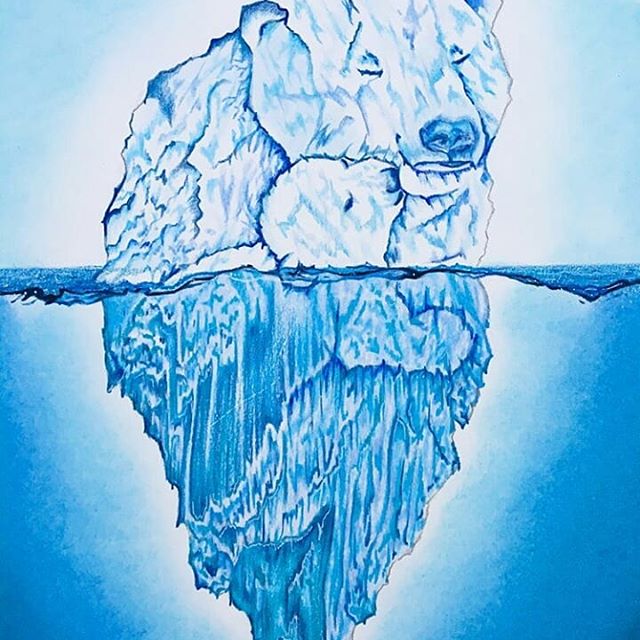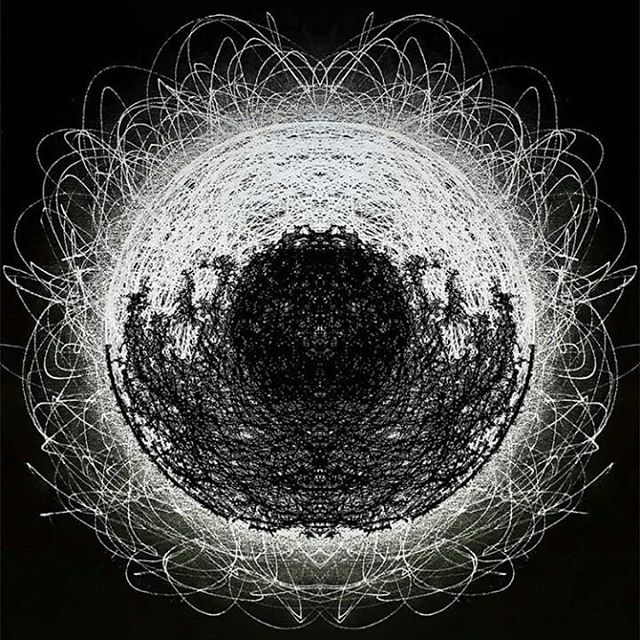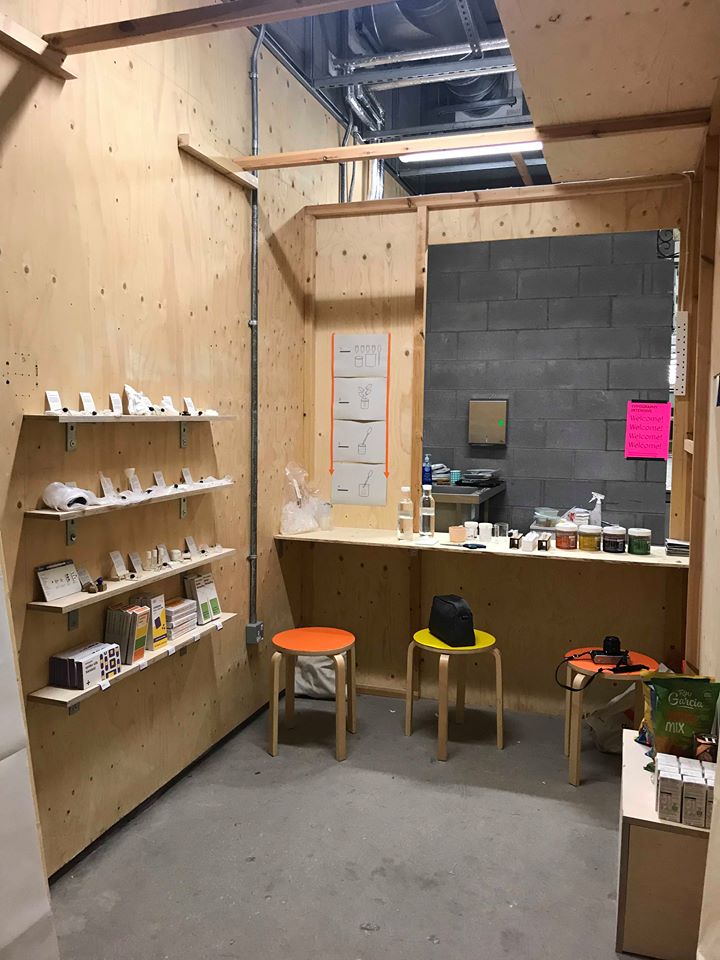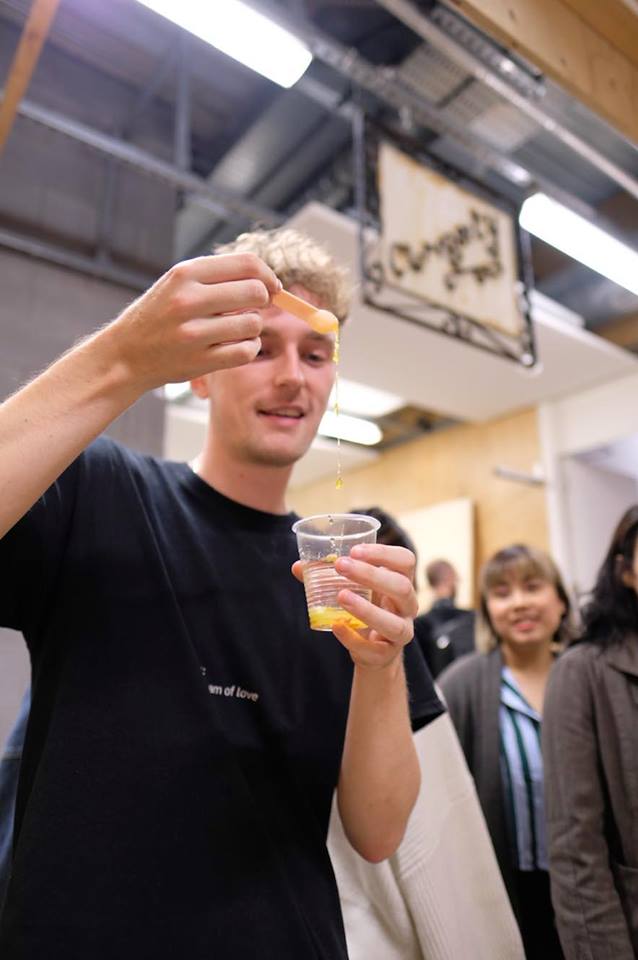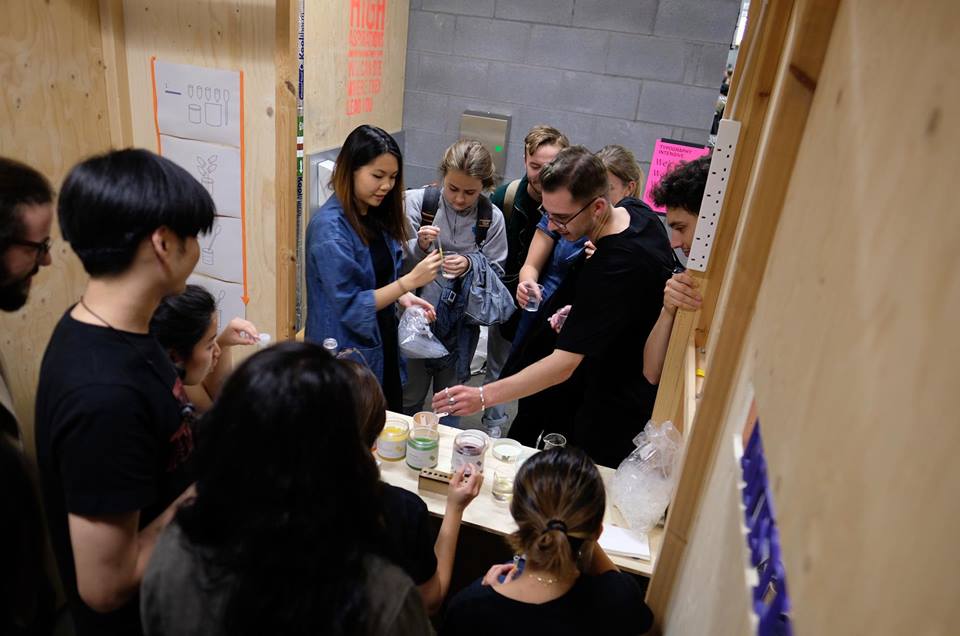
Loq Podcasts
Podcasts are a useful tool for delivering short snippets of information for a quick and easy positive learning experience - especially in a society that is constantly on the move.
Loq app is a community of thinkers committed to more intelligent discourse on social media through the use of short podcasts. We wrote and recorded a biweekly episode covering a range of synthetic biology topics:
Synthetic Biology
Biocontainment
BioBricks
Kinesis Magazine
Similar to podcasts, visual art can quickly and easily deliver a message to observers on the go. People embrace art; it is part of our human culture and it enables the ability to tell a story in a visual image you can take with you. Kinesis Magazine partners science writers with an artist so
that each article can be represented by an easy to interpret visual. We used this platform to write about and promote our iGEM spider silk project using layman's terms for the general public - an essential component in effective science communication.
Instagram Art Competition
After experiencing the artistic process with Kinesis Magazine, we became curious: what do other scientists think of our project? We needed a platform which would provide us artists and artwork rapidly, so we chose Instagram. In a collaboration with the art competition account, we set out to get an answer to our question.
We wrote a short explanation of our project and set the theme to “Synthetic Biology”. There were over 100 submissions, but only one winner. Pieces of art ranged from abstract DNA to wild lab experiments gone wrong. Our winning piece (the one below) taught the public about DNA in a fun and engaging manner.
Psychology Study
Following an extensive search of the existing literature, we noticed a distinct lack of data measuring art as an effective tool for scientific engagement. We decided to conduct the study ourselves. We set out to determine how much people enjoyed art which represented synthetic biology compared to reading text about the field. Through studying designing platforms and
the use of validated methodologies, we discovered that art is more engaging than text. Interestingly, however, participants were more inclined to seek out information about synthetic biology only after reading text. This gave us a perspective on the importance of using a healthy balance of text and art in science communication just as we observed in our experience with Kinesis Magazine.
SAVAGE Art Magazine
Our findings from the psychology study were discussed in SAVAGE Journal, an art and culture magazine. We believe that science is a platform through which artists can express themselves. With that in mind, we decided to write an article about simultaneous artistic
and scientific expression using Leonardo Da Vinci as an example. As a scientist, a painter, an engineer, a sketch artist and more, he envisioned concepts beyond his time - the helicopter, parachute and giant crossbow - utilising his skills in both fields.
Art Postcards
Given the large influence art had on our outreach program, we decided to share the work with the world. We printed out postcards of the best art submitted during the art competition. Putting the i in iGEM, we provided every postcard with a prepaid stamp ready to be delivered to countries across the
world straight from the iGEM Jamboree. Students, supervisors and judges can come find us at our stall, write a card to their loved ones and we will post it for them. A memory of iGEM, in the form of scientific artwork, will go out to them in an attempt to reach out to different parts of the world.
GMO Debate
“Should genetic engineering be accessible to the public?”
Kialo Debate
We decided to pose this question to the public: what if the public had the power to use this tool? Through open source protocols, easy access to the BioBrick registry, and lab equipment becoming cheaper thanks to BentoBioLabs, this technology will be accessible to everyone in a matter of decades. What regulations are currently in place and must rules change to ensure a safer future? We decided to pose this question to more than just the public. We invited GMO activists, scientists, and policy makers to the debate in an attempt to gain view points from all perspectives. The original debate can be found here.
2debate.eu
The 2debate platform is run by a pair of Google employers - Kirk and Sebastian - who host weekly debates on current topics. We introduced them to iGEM and how the BioBrick registry can be considered an enabling technology which facilitates synthetic biology as a whole. Furthermore, we discussed the future of synthetic biology and its negative perception in society. After debunking movies which incorporate synbio, such as Jurassic Park and X-Men, a debate was held arguing the motion “genetic engineering should be accessible to the public”. The debate made us think about the safety of our research further and the impact the technology can have.Art Exhibition
We collaborated with designers Andrea Li and Michelle Lim to design an art exhibition representing our project at Central Saint Martins. Everything was visualised through the ‘eyes of a spider’. The entrance to the exhibition was a
small cave. The public had to crawl into the exhibition and use magnifying glasses to see some of the visual art. The main exhibition show cased 4 elements about the SETA project with each element being provided a shelf:

